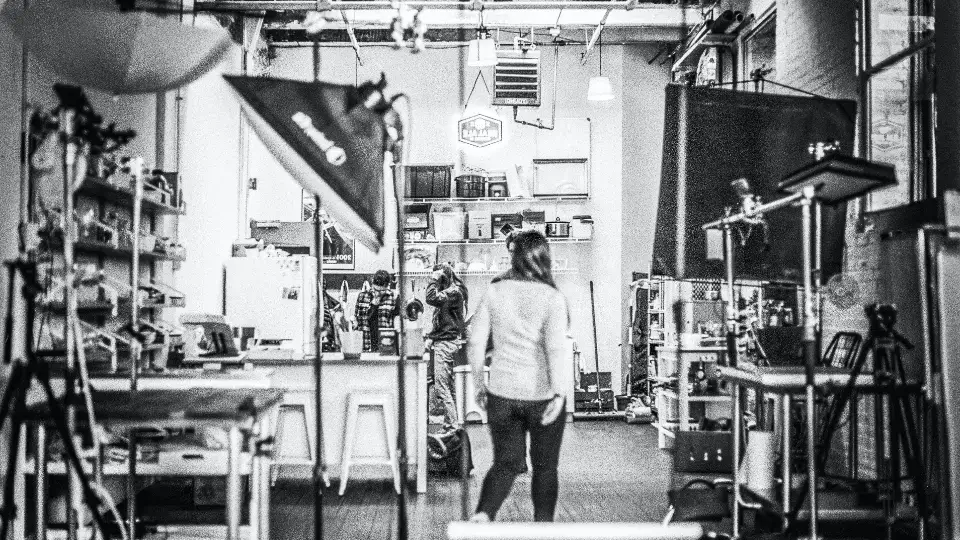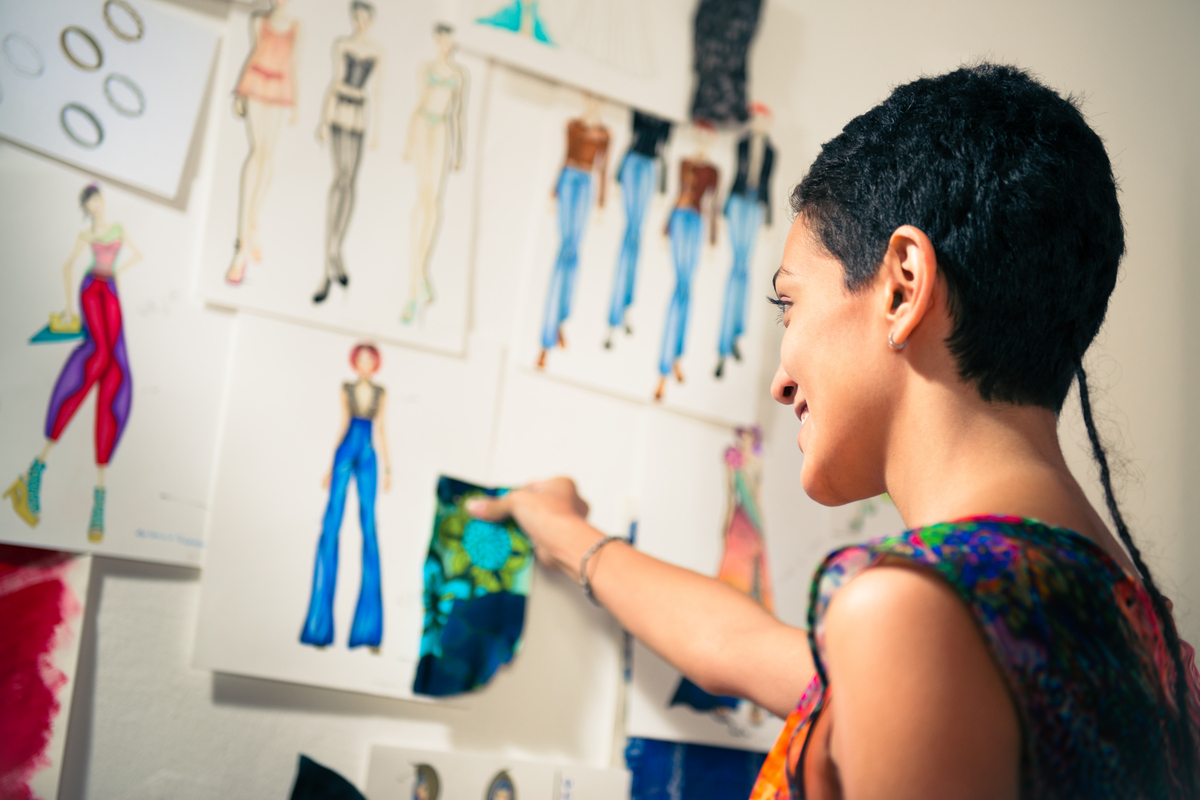The Cinematography of “Gone with the Wind”
Gone with the Wind was released in 1939 and directed by Victor Fleming. Set during the American Civil War, the film follows the story of Scarlett O’Hara, a young woman from a wealthy family who falls in love with a man named Rhett Butler.
One of the most notable aspects of the cinematography in Gone with the Wind is its groundbreaking use of color. As one of the first films to utilize Technicolor, it brought vibrant and vivid colors to the screen, creating a sense of realism and depth.
In addition to its remarkable color scheme, the film employed natural lighting techniques, resulting in a soft and warm atmosphere. The lighting not only enhanced the visual aesthetics but also played a significant role in highlighting the emotions of the characters and setting the overall mood of the movie.
The camera work in Gone with the Wind further added to its visual brilliance. The film incorporated several long shots and wide shots, effectively establishing the grandeur of the setting. The fluidity and movement of the camera, including tracking shots, contributed to the dynamic feel of the film.
How to Use the Cinematography of “Gone with the Wind” to Unlock Career Success
If you aspire to pursue a successful career in the film industry, studying the cinematography of Gone with the Wind can serve as a valuable starting point. Here are some tips on how you can leverage its cinematographic techniques to unlock your own career success:
- Study the film’s use of color: Analyze how “Gone with the Wind” employed Technicolor to create a sense of realism and depth. Apply this understanding to add visual richness and enhance the impact of color in your own projects.
- Pay attention to the lighting: Observe how the soft and warm lighting in the film influenced the mood and emotions. Learn to use lighting effectively to elevate the atmosphere and convey the desired feelings for your own films.
- Analyze the camera work: Take note of the various camera techniques used in “Gone with the Wind,” including long shots, wide shots, and tracking shots. Understand how these techniques contribute to storytelling, grandeur, and visual engagement. Apply them appropriately in your own cinematography.
Key Takeaways
In conclusion, the cinematography of Gone with the Wind has become a cinematic masterpiece that sets the standard for excellence in the field. By studying and incorporating the film’s use of color, lighting, and camera work into your own projects, you can elevate your skills and unlock career success in the film industry.
If you’re passionate about pursuing a career in the film industry, we recommend considering the NYU Film and TV Industry Essentials online course and certificate program offered by Yellowbrick. This program, developed by New York University, a prestigious institution renowned for its film education, covers a broad range of topics including cinematography.








